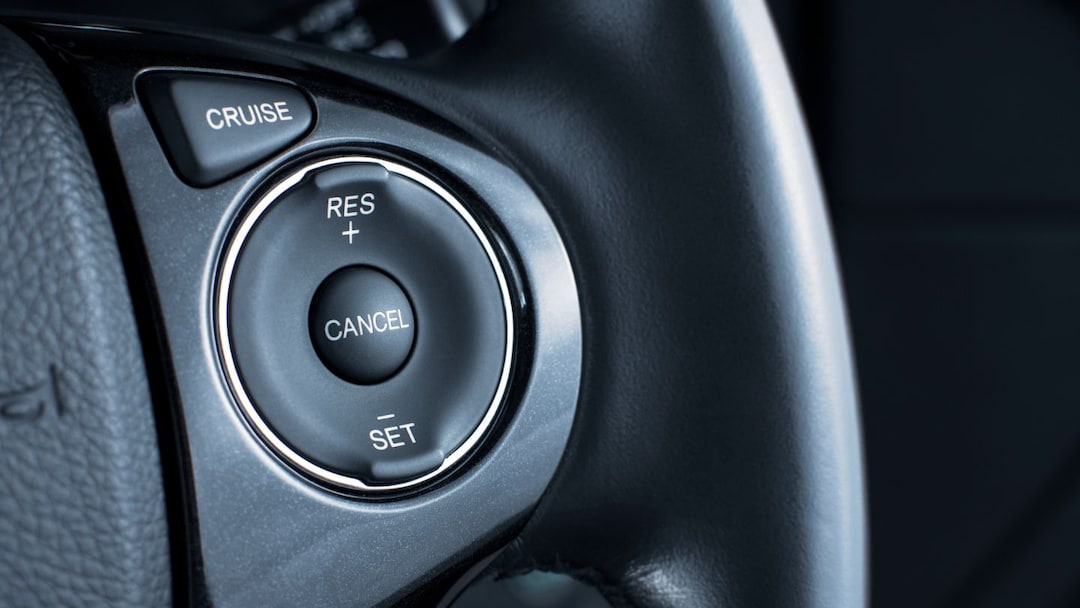What are advanced driver assistance systems?

The introduction of hand operated wiper blades in 1903 marked one of the earliest safety features implemented in a car to help protect driver safetymary-anderson. Since then, car makers have continuously evolved safety technology in an effort to ensure the safety of drivers and passengers alike. These days, cars often come equipped with advanced driver assistance systems (ADAS) with features like forward collision warning and blind spot detection to help enhance driver safety. Read on to learn about the role of ADAS and examples of common ADAS features found in cars today.
The basics of ADAS
ADAS uses modern technology to alert you to potential safety problems, avoid collisions through safeguard protocols and improve your overall driving safety. These features work through a combination of sensors, cameras, radars and onboard computers to process data from a car’s surrounding environment to assist you in making key safety decisions on the road.
ADAS may often be confused with automated driving systems (ADS) that actively control your vehicle, like you’d find in a self-driving car. While some ADAS features, like emergency braking, take an active role controlling your car, the majority of ADAS features take on a passive role to help reduce driver risk rather than take over driver operations (more on this later).
Examples of ADAS technology
Some of the most common examples of ADAS technology include:
Collision avoidance: Automatic emergency braking sensors work to detect whether you’re close to hitting another car. By measuring the distance of nearby traffic, collision avoidance can alert you to a potential accident about to happen, and possibly even actively reduce your speed or engage adaptive steering to try and avoid a collision.
- Adaptive light control: Electronic sensors that can detect steering angles work to actively adjust the strength, direction and rotation of your car’s headlights based on your car’s position and where it’s heading.
- Lane departure warning: Front-mounted cameras (usually located in the upper portion of the windshield) monitor whether your car is within the white or yellow lane markers and will alert you if you begin to drift astray.
- Parking assistance: Rearview cameras and sensors help you squeeze into tight parking spaces by showing you unseen areas behind you and alerting you when you’re close to another car.
- Navigation systems: Provide on-screen instructions and voice prompts to help you focus on driving while following a route. The most advanced navigation systems may even display traffic data in real-time and plan a new route for you to avoid traffic jams.
ADAS vs. autonomous driving
There are six levels of automation (0-5) defined by the Society of Automotive Engineers (SAE).taxonomy-definitions Currently, level 2 is the highest level of automation available for consumer purchase within the United States. The level of ADAS technology found in cars within these first three levels break down to:
- Level 0: Non-autonomous, meaning you, the driver, are in full control and responsible for all driving tasks like accelerating, braking and steering. Level 0 cars may include some passive ADAS features, like blind spot or lane departure warning, but you will still need to manually correct for these alerts.
- Level 1: ADAS features that provide a level of active support with functions like steering or speed control are found in level 1. Cars with this level of automation may adjust your speed through adaptive cruise control or readjust your wheel when engaging in automated lane centering. For the most part, however, you will be required for most driving functions and can take manual control of automated features at any time.
- Level 2: ADAS features like active lane centering and cruise control can be automated at the same time — this partial automation could give you the ability to let your car control your speed while making slight steering adjustments on a long highway drive. Drivers still need to be aware and actively monitor all tasks while being able to assume control at any time.
Active automated driving system features (as opposed to passive ADAS features) that allow a car to make independent decisions, like overtaking a slow-moving car, are found after level 2. Eventually, cars with level 5 automation (self-driving cars) will require no intervention from you as a driver and handle all driving tasks virtually unrestricted. Once again, however, it's important to note that cars with self-driving technology, along with any that include level 3-5 automation, are currently unavailable for consumer purchase in the United States.
In summary
Advanced driver assistance systems are designed to make driving easier, safer and more comfortable for you on the road. ADAS features can vary from passive functions, like collision warning alerts, to more advanced features like adaptive cruise control which actively monitors and adjusts your car’s speed when necessary. Finally, while self-driving automation may be on the horizon, currently only cars that fall under the first three levels of automation (0-2, as defined by the SAE) are available for consumer purchase in the United States.



